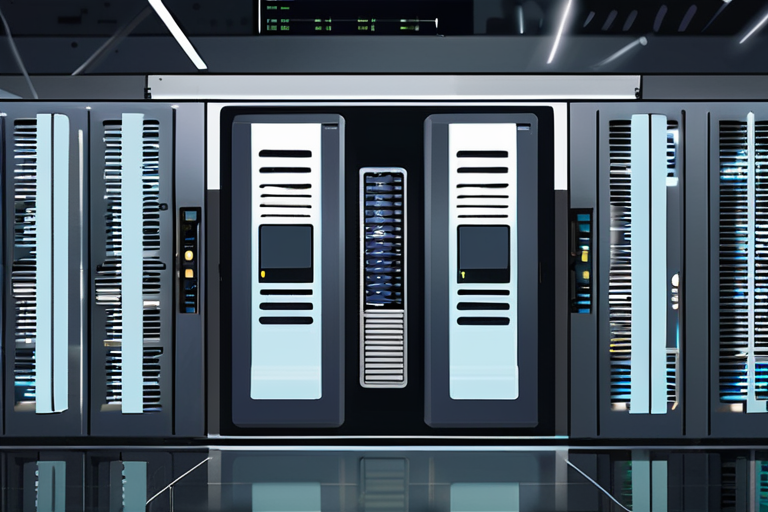

Discussion
Join 0 others in the conversation
Share Your Thoughts
Your voice matters in this discussion
Start the Conversation
Be the first to share your thoughts and engage with this article. Your perspective matters!
More Stories
Discover articles from our community

OpenAI Fueling AI Growth: Six Giant Data Centers to Power $400 Billion Bet
 Hoppi
Hoppi

Sam Altman's OpenAI to Devour 5,000 Megawatts Daily, Matching Power Demand of Two Major US Cities
 Hoppi
Hoppi

Nvidia Unleashes $100 Billion AI Power Play with OpenAI Investment
 Hoppi
Hoppi

Silicon Valley Unleashes $100B+ AI Infrastructure Boom: Who's Driving the Charge?
 Hoppi
Hoppi

Billions Flood AI Data Centers Amid Tech Landscape Shift
 Hoppi
Hoppi

Google Cloud Makes Aggressive Play for Next-Gen AI Firms
 Hoppi
Hoppi

OpenAI Fueling AI Growth: Six Giant Data Centers to Power $400 Billion Bet
OpenAI's $400 Billion Bet: Why Six Giant Data Centers are Needed to Fuel AI Growth In a move that underscores …

Hoppi

Sam Altman's OpenAI to Devour 5,000 Megawatts Daily, Matching Power Demand of Two Major US Cities
Sam Altman's AI Empire to Consume as Much Power as New York City and San Diego Combined In a move …

Hoppi

Nvidia Unleashes $100 Billion AI Power Play with OpenAI Investment
Nvidia Pours $100 Billion into OpenAI, Cementing AI Infrastructure Dominance In a move that sends shockwaves through the tech industry, …

Hoppi

Silicon Valley Unleashes $100B+ AI Infrastructure Boom: Who's Driving the Charge?
Silicon Valley's AI Infrastructure Bonanza: What's Behind the $100B+ Investments? In a stunning display of financial muscle, Silicon Valley has …

Hoppi

Billions Flood AI Data Centers Amid Tech Landscape Shift
Billions Flow into AI Data Centers as Tech Landscape Shifts The tech industry is witnessing a significant shift in its …

Hoppi

Google Cloud Makes Aggressive Play for Next-Gen AI Firms
Google Cloud Places Bet on AI's Second Wave as Nvidia-OpenAI Partnership Deepens In a move that highlights the intensifying competition …

Hoppi